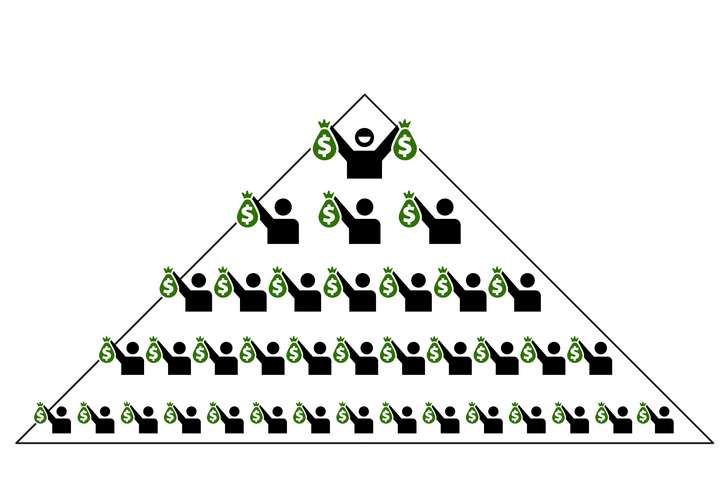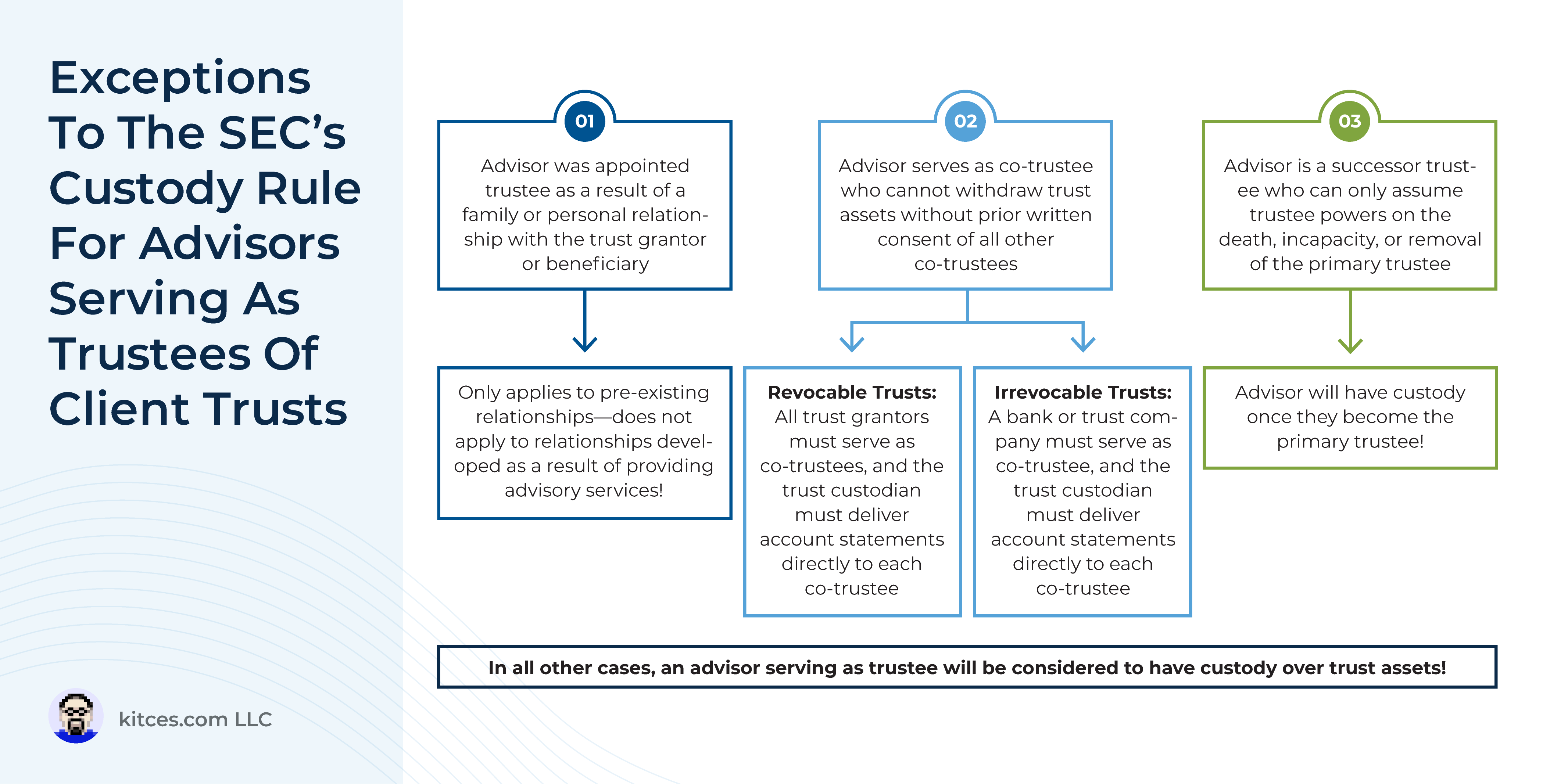Contractors regularly upgrade HVAC systems and lighting in commercial buildings to improve energy efficiency. These projects can be expensive. When the building owner is a government entity, the tax code allows contractors to claim an immediate tax deduction for the cost of energy-efficient improvements under Section 179D. But not every contractor who touches the building qualifies. The question is who exactly can claim this tax deduction?
The answer depends on whether the contractor qualifies as a “designer” of the energy-efficient property. This isn’t about having a fancy title or being listed on project documents. It’s about what the contractor actually did. Did they create technical specifications for the installation? Or did they simply install equipment someone else designed?
In Harris v. Commissioner, T.C. Memo. 2025-113, the court gets into a tax deduction reported by a sales manager who asserted that he was the designer and qualified under Section 179D.
Facts & Procedural History
The taxpayer worked as a sales manager for a lighting company in Colorado during 2016 and 2017. The lighting company had contracts with several Arizona government agencies to upgrade lighting and HVAC systems in government buildings. The projects included work on buildings for the Arizona Department of Administration, the Arizona Department of Environmental Quality, the Arizona Department of Health Services, and a school district high school.
The taxpayer started at the lighting company in 2016 in an outside sales position. His role changed to sales manager later that year. He remained in that position throughout 2017. He earned wages of $103,568 in 2016 and $153,106 in 2017. The taxpayer worked full time for the lighting company and had no other business activities during these years.
The lighting company hired ICS Tax, LLC to prepare a study to determine the amount of Section 179D deductions available from two building projects. The study concluded that deductions totaling $849,998 were available to the lighting company for these projects. Attached to the study were allocation forms listing the taxpayer as the designer for the projects. These forms allocated total deductions of $177,982 and $105,322 to the taxpayer for the two buildings. A construction company signed the forms as the authorized government representative on June 28, 2018.
The taxpayer prepared his own tax returns for 2016 and 2017. He included Schedule C on both returns, listing himself as proprietor of businesses called “Lighting Design” and “Certified Light Designer.” He reported zero income on both schedules. For 2016, he claimed $74,000 in “other expenses” on Schedule C, describing this as a “179D deduction assigned to me as designer.” This created a loss that essentially eliminated his tax liability for the year. He also claimed the Earned Income Tax Credit of $3,871.
For 2017, the taxpayer claimed a depreciation and Section 179 deduction of $44,606 on Schedule C plus $108,500 in “other expenses” described as a “section 179D tax deduction assignment.” The total loss of $153,106 again wiped out his tax liability. On Schedule A, he also claimed $16,388 in unreimbursed employee business expenses after the two percent floor reduction.
Not surprisingly, the IRS pulled both tax returns for audit. In 2021, the IRS issued an IRS Notice of Deficiency determining tax deficiencies of $18,233 for 2016 and $30,796 for 2017. The notice also proposed accuracy-related penalties under Section 6662(a) of $3,646 for 2016 and $6,159 for 2017. The taxpayer filed a petition in The U.S. Tax Court challenging the deficiency determination.
The Energy Efficient Commercial Building Property Deduction
Section 179D provides a tax deduction for the cost of energy efficient commercial building property placed in service during the tax year. This law was enacted by Congress to encourage construction of buildings that are significantly more energy efficient than standard buildings.
Normally, when a taxpayer spends money to improve a building, the costs are capitalized. The taxpayer has to recover the costs over time through depreciation deductions. Section 179D provides an exception. It allows an immediate deduction for costs for qualifying energy-efficient improvements.
The deduction applies to property that includes interior lighting systems, heating and cooling systems, ventilation systems, hot water systems, or building envelopes. The property must be installed as part of a plan designed to reduce total annual energy and power costs by 50 percent or more compared to a reference building meeting minimum standards.
The amount of the tax deduction is computed using “the cost of energy efficient commercial building property placed in service during the taxable year.” Section 179D(b) caps the deduction at $1.80 per square foot of the building. To qualify, the property has to be depreciable and must be installed on or in a building located in the United States.
Certification Requirements Under Section 179D
A taxpayer cannot simply claim the Section 179D deduction based on installing energy-efficient equipment. The tax code requires certification that the property meets energy efficiency standards. Section 179D(c)(1)(D) requires that the property be “certified in accordance with subsection (d)(6)” as meeting the energy savings target.
The Secretary of Treasury has not issued regulations under Section 179D. Instead, the IRS published interim guidance through notices. IRS Notice 2006-52 sets out the process for obtaining certification. The notice requires a qualified individual to perform energy modeling comparing the proposed building to a reference building. A licensed professional engineer then has to certify that the building achieves at least 50 percent energy cost reduction.
Notice 2006-52 also requires field inspections after the property is placed in service. The inspection has to confirm that the building meets the energy-saving targets in the design plans. The certification also has to include a list of components installed and the building’s projected annual energy costs. The building owner also has to get a written explanation of the energy efficiency features.
These certification requirements are not mere formalities. They ensure that claimed deductions correspond to actual energy savings. Without proper certification, the tax deduction fails regardless of whether the property actually saves energy.
Government-Owned Buildings and Designer Allocations
The Section 179D deduction is particularly generous when it comes to government-owned buildings. Federal, state, and local governments don’t pay income tax. An immediate tax deduction provides no benefit to a government entity.
Congress addressed this by directing the Secretary to promulgate regulations “to allow the allocation of the deduction to the person primarily responsible for designing the property in lieu of the owner of such property.” The government owner can allocate the deduction to the designer. The designer is then “treated as the taxpayer for purposes of this section.”
IRS Notice 2008-40 provides interim guidance on allocations for government-owned buildings. The notice defines a “designer” as “a person that creates the technical specifications for installation of” the energy efficient property. The notice states that a designer “may include an architect, engineer, contractor, environmental consultant, or energy services provider.”
The notice makes clear that not everyone who works on a building project qualifies. Section 3.02 of Notice 2008-40 explicitly states: “A person that merely installs, repairs, or maintains the property is not a designer.” There must be something more than basic installation work.
To obtain the deduction, the designer must get a written allocation from the government entity. Notice 2008-40, Section 3.04 specifies what the allocation must contain. It must identify the building, state the cost of the property, provide the placed-in-service date, state the amount of deduction allocated, and include signatures of both the government representative and the designer.
What Does Creating Technical Specifications Actually Mean?
The phrase “creates the technical specifications” is the key to qualifying as a designer. Technical specifications are detailed descriptions of materials, workmanship, and installation methods. They tell workers exactly what to install and how to install it. Generic manufacturer specifications don’t count. The designer must create specifications specific to the particular building project.
Think about what happens when an HVAC contractor upgrades a commercial building’s heating and cooling system. The contractor must determine what equipment the building needs based on the building’s size, layout, and use. The contractor specifies which components to use and where to place them. For control systems, the contractor programs the sequence of operations that tells the system when to turn components on and off and how to respond to changing conditions.
Creating these specifications requires analyzing the building’s existing systems. It means identifying problems with current operations. It involves modifying operational sequences to improve performance. Someone must program these modifications into control system software. This work goes beyond simply installing equipment according to someone else’s plans.
Consider the difference between these scenarios. In the first scenario, an architect designs a new building’s HVAC system. The architect creates detailed plans and specifications. A contractor then installs equipment exactly as the architect specified. The contractor is just following instructions. The architect created the technical specifications.
In the second scenario, a contractor evaluates an existing building’s HVAC system. The contractor identifies inefficiencies in how the system operates. The contractor modifies the control system programming to make the equipment run more efficiently. The contractor creates new operational sequences. Here, the contractor is creating technical specifications through the programming work.
The Taxpayer’s Position in Harris
In this case, the taxpayer argued that he qualified as a designer under Section 179D and was entitled to the allocated deductions. He pointed to the allocation forms included in the ICS study. These forms specifically listed him as the designer for the building projects. A representative signed the forms allocating the deductions to him.
At trial, the taxpayer testified that he was the designer for the projects. He claimed he performed design work that qualified him for the deductions. He argued that the allocation forms and his testimony established his entitlement to the deductions.
The taxpayer also argued that he should be allowed to deduct on Schedule A his portion of the cost for the ICS study. He testified that he paid approximately $17,000 for his share of the study in July 2018. He claimed this as an unreimbursed employee business expense on his 2017 Schedule A.
The tax court found he taxpayer’s evidence was insufficient. The court focused on what the taxpayer actually presented as evidence. Other than his self-serving testimony, the taxpayer did not produce documentation showing what design work he performed. He presented no technical specifications he created. He showed no programming or engineering work he did.
The court noted that proving ordinary and necessary business expenses under Section 162 requires more than a taxpayer’s general statement that expenses were paid in pursuit of a trade or business. The same principle applies to Section 179D. Simply claiming to be a designer doesn’t make it so. The taxpayer must prove through documentation and corroborating evidence that he actually performed qualifying design work.
When Designer Claims Actually Succeed
The Harris case stands in sharp contrast to Johnson v. Commissioner, 160 T.C. 18 (2023), that the tax court cited in Harris. The factual differences in the two cases helps clarify who qualifies as a designer.
Johnson involved an Illinois company that designs and installs HVAC systems. The company had a maintenance contract with the VA for the Edward Hines Jr. VA Hospital. In 2013, the VA asked the company to replace obsolete control systems in Building 200 of the hospital. The existing American Auto-Matrix control systems were malfunctioning and the service provider was unreliable.
The company did far more than the taxpayer to establish designer status. The company obtained technical information about the existing systems including control prints, mechanical prints, and floor plans. The company obtained the original sequence of operations for the existing mechanical systems. The company conducted a full assessment of the existing system to understand how it was actually operating.
The company had evidence that it then modified the sequence of operations as necessary to make the systems work better. The company installed new Johnson Controls control system equipment and sensors. The evidence also showed that its employees worked with a subcontractor to program the modified sequence of operations into the control system computers. This suggested that the company ran simulation tests on every aspect of the system. The company reprogrammed components that didn’t meet specifications.
The court concluded: “In modifying the sequence of operations to better operate the systems and programming the modified sequence of operations into the new Johnson control systems, Edwards created the technical specifications for the installation of the EECBP at issue.” This is what it takes to qualify for the tax deduction as the designer if quested by the IRS and the courts.
The Takeaway
This case shows that simply being listed on allocation forms as a designer doesn’t necessarily establish entitlement to Section 179D tax deductions. If examined by the IRS, the taxpayer has to prove through documentation and corroborating evidence that they actually created technical specifications for the installation of energy-efficient property. Employees, like Harris, face particular challenges claiming Section 179D deductions allocated to them individually. The employee has to show that he actually performed the design work. The employee needs documentation establishing his personal role in creating specifications. Simply working on projects the employer handles doesn’t suffice.
Watch Our Free On-Demand Webinar
In 40 minutes, we’ll teach you how to survive an IRS audit.
We’ll explain how the IRS conducts audits and how to manage and close the audit.
























